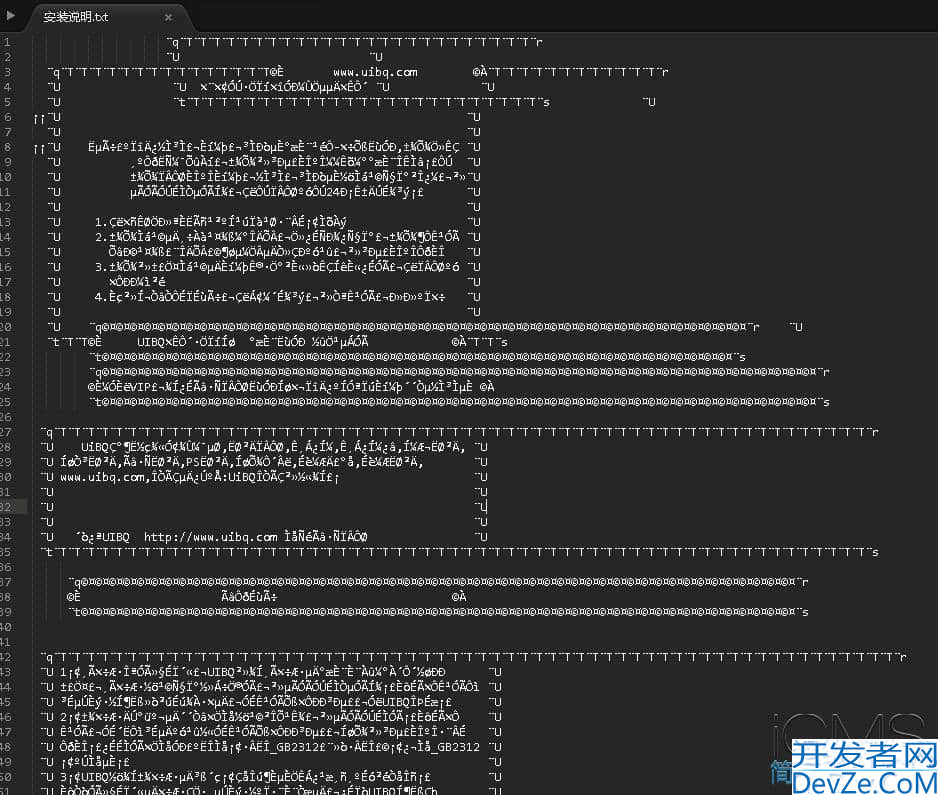基于python实现垂直爬虫系统的方法详解
html_downloader
from urllib import request
def download(url):
if url is None:
return
response = request.urlopen(url)
if response.getcode() != 200:
return None
return response.read()
html_outeputer
data_list = []
def collect_data(data):
data_list.append(data)
def output_html():
fout = open('output.html', 'w')
fout.write('<html>')
fout.write('<body>')
fout.write('<table>')
for dataitem in data_list:
fout.write('<tr>')
fout.write('<td>%s</td>' % dataitem['url'])
fout.write('<td>%s</td>' % dataitem['title'])
fout.write('<td>%s</td>' % dataitem['datetime'])
fout.write('<td>%s</td>' % dataitem['visitcount'])
fout.write('</tr>')
fout.write('</table>')
fout.write('</body>')
fout.write('</html>')
fout.close()
html_parser
import re
from bs4 import BeautifulSoup
from urllib.parse import urljoin
def get_new_urls(page_url, soup):
new_urls = set()
links = soup.find_all('a', href=re.compile(rQZsWqN"/\d+/\d+/\w+/page\.htm"))
for link in links:
new_url = link['href']
new_full_url = urljoin(page_url, new_url)
new_urls.add(new_full_url)
return new_urls
def get_new_data(page_url, soup):
res_data = {}
title_node = soup.find('h1', class_='arti-title')
if title_node is None:
return res_data
res_data['title'] = title_node.get_text()
datetime_node = soup.find('span', class_='arti-update')
res_data['datetime'] = datetime_node.get_text()
visitcount_node = soup.find('span', class_='WP_VisitCount')
res_data['visitcount'] = visitcount_node.get_text()
res_data['url'] = page_url
return res_data
def parse(page_url, html_cont):
if page_url is None or html_cont is None:
return
soup = BeautifulSoup(html_cont, 'html.parser', from_encoding='utf-8')
new_urls = get_new_urls(page_url, soup)
new_data = get_new_data(page_url, soup)
return new_urls, new_data
spider_main
import urls_manager, html_downloader, \
html_parser, html_outputer
def craw(root_url):
count = 1
urls_manager.add_new_url(root_url)
#启动爬虫循环
while urls_manager.has_new_url():
new_url = urls_manager.get_new_url()
print('craw %d : %s' % (count, new_url))
html_cont = html_downloader.download(new_url)
new_urls, new_data = html_parser.parse(new_url, html_cont)
urls_manager.add_new_urls(new_urls)
if new_data:
html_outputer.collect_data(new_data)
if count == 10:
break
count = count + 1
html_outputer.output_html()
if __name__ == '__main__':
root_url = 'http://news.zzuli.edu.cn/'
craw(root_url)
import urls_manager, html_downloader, \
html_parser, html_outputer
def craw(root_url):
count = 1
urls_manager.add_new_url(root_url)
#启动爬虫循环
while urls_manager.has_new_url():
new_url = urls_manager.get_new_url()
print('craw %d : %s' % (count, new_url))
html_cont = html_downloader.download(new_url)
new_urls, new_data = html_parser.parse(new_url, html_cont)
urls_manager.add_new_urls(new_urls)
if new_data:
html_outputer.collect_data(new_data)
if count == 10:
bhttp://www.cppcns.comreak
count = count + 1
html_outputer.output_html()
if __name__ == '__main__':
root_url = 'http://news.zzuli.edu.cn/'
craw(root_url)
test_64
from bs4 import BeautifulSoup
import re
html_doc = """
<html><head><title>The Dormouse's story</title></head>
<body>
<p class="title">The Dormouse's story</p>
<p class="story">Once upon a time there were three little sisters; and their names were
&l编程客栈t;a href="http://example.com/elsie" class="sister" id="link1">Elsie</a>,
<a href="http://example.com/lacie" class="sister" id="link2">Lacie</a> and
<a href="http://example.com/tillie" class="sister" id="link3">Tillie</a>;
and they lived at the bottom of a well.</p>
<p class="story">...</p>
"""
soup = BeautifulSoup(html_doc, 'html.parser')
print('获取所有链接')
links = soup.find_all('a')
for link in links:
print(link.name, link['href'], link.get_text())
prinwww.cppcns.comt('获取lacie链接')
link_node = soup.find('a', href='http://example.com/lacie')
print(link_noQZsWqNde.name, link_node['href'], link_node.get_text())
print('正则匹配')
link_node = soup.find('a', href=re.compile(r'ill'))
print(link_node.name, link_node['href'], link_node.get_text())
print('获取P段落文字')
p_node = soup.find('p', class_='title')
print(p_node.name, p_node.get_text())
urls_manager
new_urls = set()
old_urls = set()
def add_new_url(url):
if url is None:
return
if url not in new_urls and url not in old_urls:
new_urls.add(url)
def add_new_urls(urls):
if urls is None or len(urls) == 0:
return
for url in urls:
add_new_url(url)
def get_new_url():
new_url = new_urls.pop()
old_urls.add(new_url)
return new_url
def has_new_url():
return len(new_urls) != 0
总结
本篇文章就到这里了,希望能够给你带来帮助,也希望您能够多多关注我们的更多内容!







 加载中,请稍侯......
加载中,请稍侯......
精彩评论